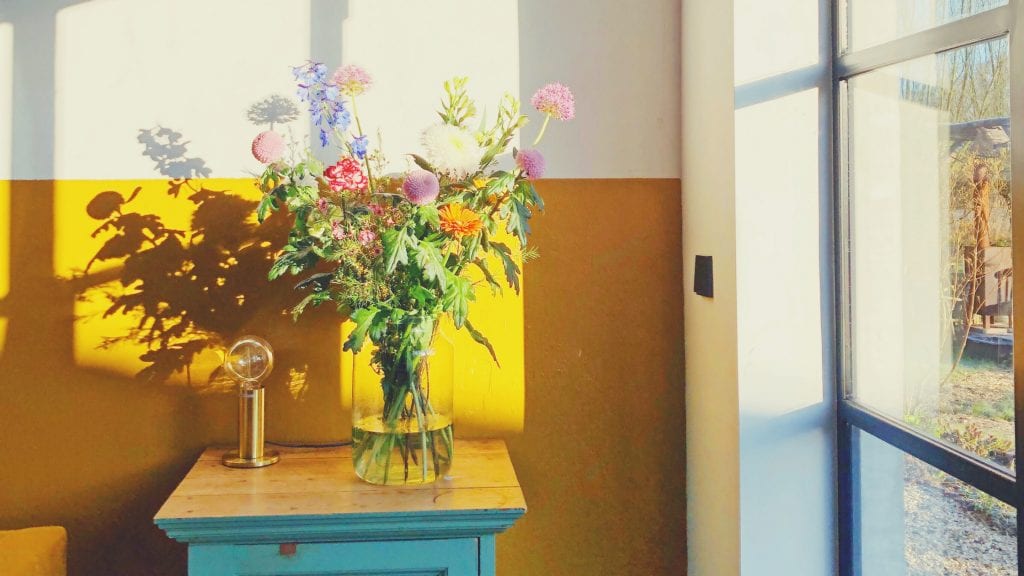
Natural light can affect a person’s health, the environment, and the energy use in a home. Homes with natural light are cozier and healthier environments as well as many other benefits.
Natural light helps increase the aesthetics of a space. It can be a selling point for a potential home buyer or selling process. With the blinds open and the sun penetrating in, a room can feel bigger. Whenever a room is lighter and brighter the more comfortable the space is. If you’re planning a home build or a renovation make sure your contractor understands you want to incorporate natural light. Did you know, that the more light you can produce reduces the amount of mildew and mold growth in a home?
Expand Your Home with Patio Enclosures & Sunrooms
Having a patio enclosure or sunroom can not only add extra living space to your home but is also a great get away. These spaces are small sanctuaries for your health and well being.
Also, think about exterior and interior doors. Think about updating a solid door for a one with windows inside. If you’re not open to a full panel of windows there are exterior doors called craftsman style that have windows at the top of the door.
Healthy Rays of Sun in the Body
Natural light increases vitamin D and vitamin B production within the body. Vitamin D is an essential mineral our bodies need. Sun exposure is the primary method to receive it. Sunlight boosts the immune system and white blood cell count. Natural sun boosts energy and strengthens organs, improves circulation, and reduces blood pressure.
Sunlight increases happiness. Sunlight produces endorphins and will make our brains produce serotonin. Serotonin is also called the feel good hormone. Without sun exposure, your serotonin levels dip, which can be associated with a higher risk of major depression and generally feeling down in the dumps. After all, sun helps people be more productive, happier, healthier and calmer. It’s a spirit booster and can reduce stress levels. In fact, light can also reduce eye strain and be easier for people to see.
Steps To Increase Natural Light in a Home
Pull back the curtains during the day and let the light in. Avoid thick dark furniture near windows. Make sure furniture isn’t blocking windows as well. Use color wisely. In fact, dark colors trap the light. You want to diffuse the light throughout the room. Thus, mix and match your furniture pieces from lights to dark.
Staying light goes for your wall color as well. If you are going dark with a color, make it an accent wall. Painting the trim around your windows white will make your windows stand out. White is the most reflective color next to pastels.
Mirrors and Metallics
Interior designers place mirrors on the opposite side of windows. This diffuses light throughout your home.
Pepper in metallic décor throughout the room and in the path of sun rays. Think brass, silvers, and golds. Mirrors and metals are reflective surfaces. They will bounce light from one object to another.
Steps to Reduce Light Absorbers
Ditch the drapes and remove heavy curtains. In the meantime allow sun into your space by opting for sheer curtains. These curtains are thin and sheer so that light can pass through them. Likewise, the largest dark color in your room is most likely your flooring. So lighten the room with a light colored rug.
Say Yes to Indoor Plants
Natural light is better for indoor plants. Plants detoxify the air in our homes. And if they’re healthy then they are producing healthy air for your space. In addition they will purify the air as well.
Energy Bills Savings
Finally, according to the US Energy Information Administration, operating the lights in your home accounts for over 11% of your home’s total energy consumption. Therefore, allowing the sun into your home can reduce your electric bill. Light is a natural energy source and can warm a space.